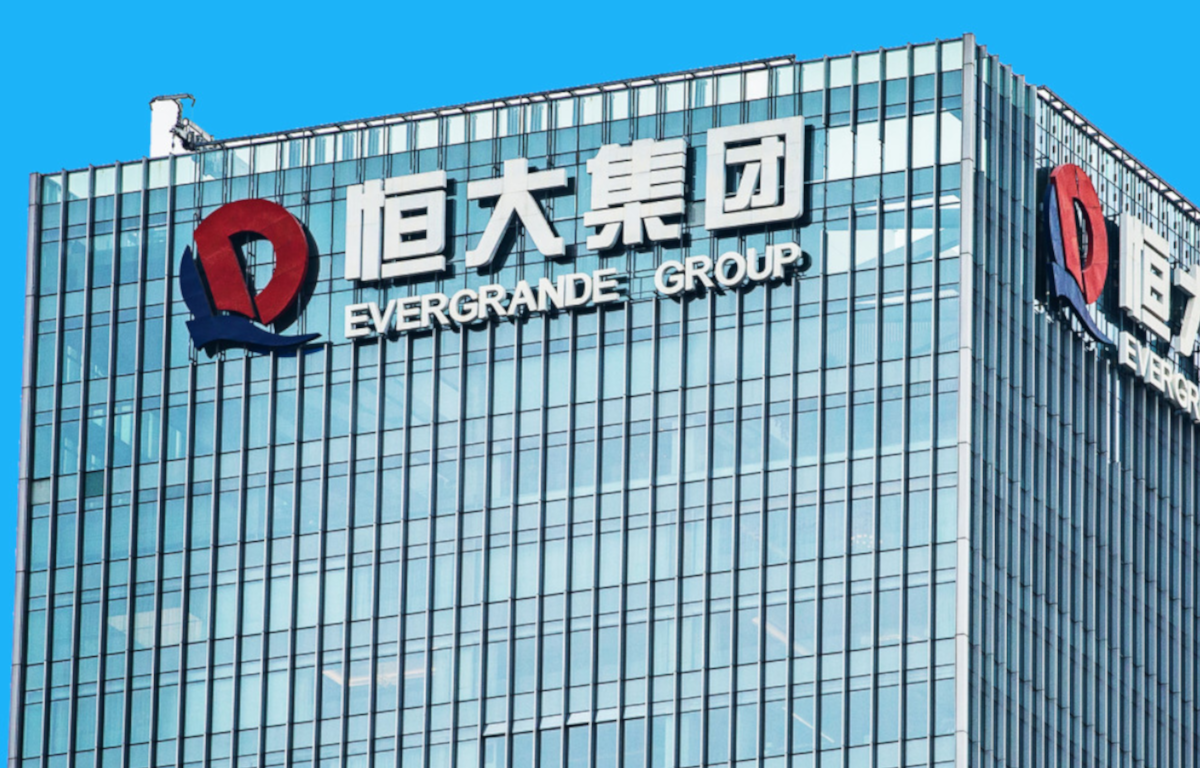
According to analysts, China’s strategy is to provide large sums of money to poorer countries with weak economies, often in the form of infrastructure loans. However, these loans come with high-interest rates and strict repayment schedules that some countries struggle to meet, leading to a cycle of debt that can be difficult to break.
Critics of China’s approach argue that it is a form of economic coercion that allows China to gain control over key infrastructure projects and strategic assets in other countries. They also warn that the debt burden could lead to economic instability and political unrest in borrowing nations.
China has defended its lending practices, emphasizing the need for transparency and sustainability in its lending practices. However, some experts warn that China’s lending practices could have long-term negative consequences for both the borrowing countries and the global economy.
As more and more countries become indebted to China, the risk of defaults and economic instability increases, potentially leading to a global financial crisis. It will be important for the international community to monitor and regulate China’s lending practices to ensure transparency and sustainability.
China’s “debt-trap diplomacy” has raised concerns about the long-term impact on the global economy and the sovereignty of borrowing nations. While China argues that it is promoting development and economic growth, critics warn that the high-interest rates and strict repayment schedules could lead to a cycle of debt that could be difficult to break. The international community must monitor and regulate China’s lending practices to ensure transparency and sustainability.










Share this: